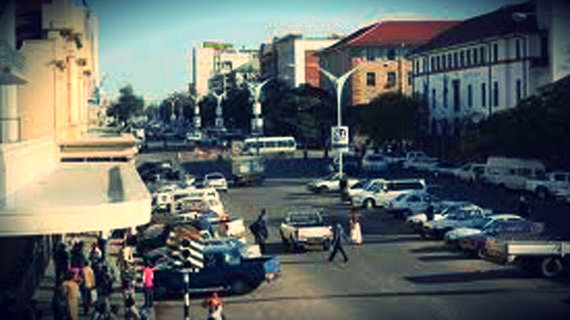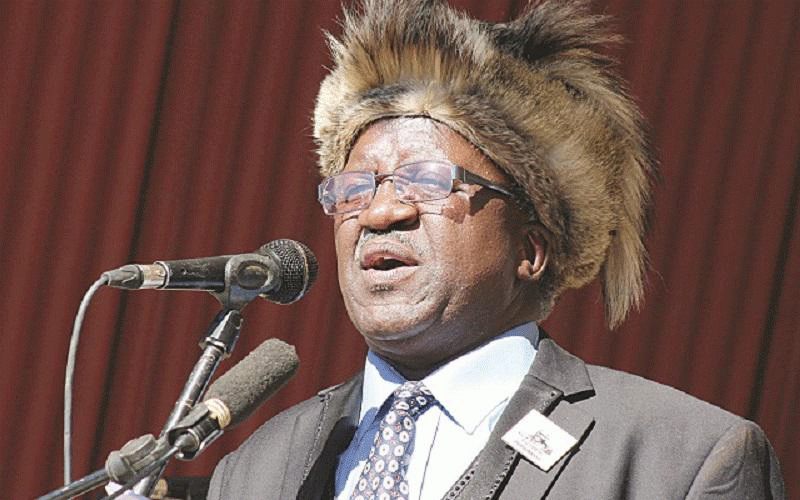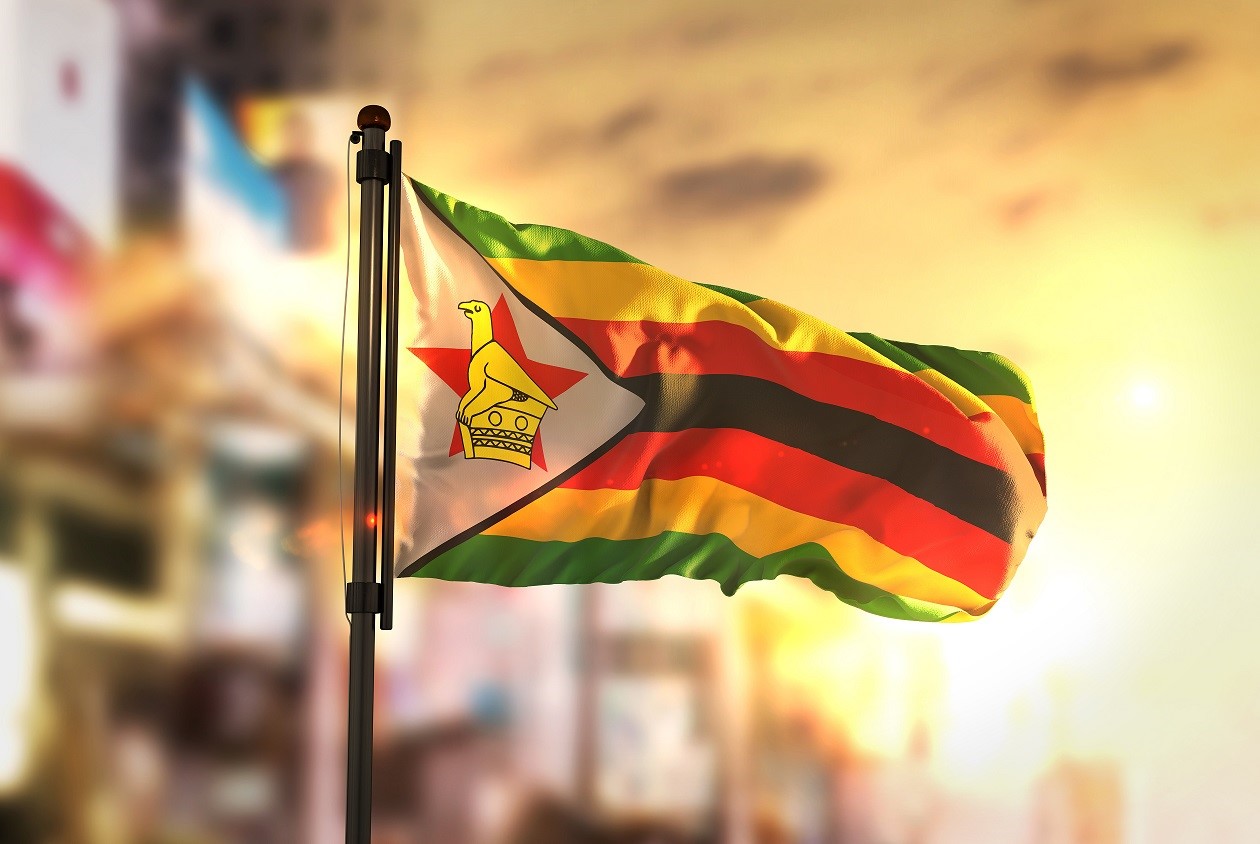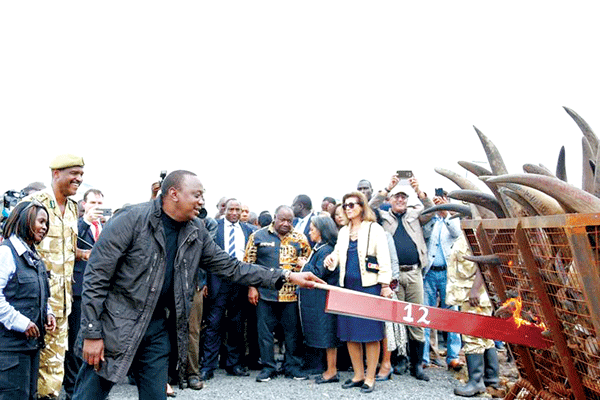
I UNDERSTAND that Bulawayo has many issues bedevilling it, like the never-ending water problems and deindustrialisation.
Guest Column with Jahalamajaha Ncomanzi
But I think there are other, seemingly less important matters which suffer from a lack of attention while, understandably, efforts are being made to solve those that I have just highlighted.
One such matter is with regards the sorry state of our central business district (CBD).
Don’t get me wrong, I love Bulawayo as I am sure most of you do, but that we love it does not mean we cannot ignore the obvious. Inner-city Bulawayo, while clean and uncongested, is old, uninspiring and rather depressing. Many buildings are in blight and in need of renovation or even demolition. Cars sales yards and flea markets have popped up on vacant lots (of which there are plenty) and the city is not very pedestrian-friendly.
Why is it a problem?
Some cities have such impressive CBDs that they have become tourist attractions bringing in billions to the local economy (think Times Square in New York or Tokyo’s Ginza District). This is a particularly important point considering the fact that Bulawayo’s industrial past is long-gone. The factories that used to prop up the local economy have closed down or have moved to Harare. We need to accept this reality and, while initiatives are being undertaken to revive or bring back those industries, look forward to newer ways of reviving our economy and tourism is one of those ways.
Rejuvenation of the CBD will allow for Bulawayo to reinvent itself as an attractive destination that people actually want to spend their time and money in.
- Chamisa under fire over US$120K donation
- Mavhunga puts DeMbare into Chibuku quarterfinals
- Pension funds bet on Cabora Bassa oilfields
- Councils defy govt fire tender directive
Keep Reading
This project would also help to curb the growing trend of businesses moving out and in to the suburbs (I know of one major law firm and several non-governmental organisations that have already moved out of downtown Bulawayo). The resulting urban decay that would befall the CBD would have dire consequences on an already troubled city. Crime rates would skyrocket and buildings could be hijacked by unscrupulous elements (as is the case in Johannesburg’s inner city districts).
So what can be done about it?
It is apparent that our CBD is in need of a major rejuvenation. I believe the newly-elected city council has a major role to play here. I am not going to be that guy who just points out the problem without offering solutions.
So having thought about this a lot and done a little bit of research, I think I have come up with some great ideas which the city council could consider:
The designation of certain streets as pedestrian zones Last week I was in town with some errands to run. I had to pay the water bill at Revenue Hall (on 8th Avenue and RG Mugabe Way), buy electricity units at Zesa (corner 10th Avenue and JMoyo Street) and had to research for an assignment at the Law Library (on Fort Street, next to Tredgold Building).
That was a lot of walking (which is good, because I need the exercise). What annoyed me though was the number of times I had to cross the road and the amount of traffic I had to contend with in the process.
My point here is that while Bulawayo is very car friendly, with its grid layout and its wide roads, it is equally pedestrian unfriendly. You cannot walk more than 20 steps without having to crank your neck from right to left, then right again while looking out for vehicular traffic before crossing the road.
One of the reasons shopping malls and shopping centres have been so successful throughout the world is that shoppers do not have to be looking out for cars while doing their shopping. You do your shopping in one store and then walk to the next store at your own pace without having to negotiate your way through crowded pavements before having to cross a road.
Bulawayo City Council could emulate this and designate certain streets in the city as pedestrian zones (I’m thinking parts of 9th and 8th Avenue, considering their high foot traffic). These are areas that could be reserved only for pedestrians. While radical, this is certainly not unprecedented. One need not look any further than Harare’s First Street which has proved to be highly successful with its banks, department stores and supermarkets.
Of course this would require investment in supporting infrastructure like underground and multilevel parking garages and minimal reconfiguration of city streets to prevent congestion.
Pedestrianised streets would allow people to enjoy the city unhindered by cars. They could pave the way for a world-class inner-city shopping district along with the opening of alfresco restaurants and cafés. Attractions of a “tourist” nature such as fountains, public art installations and curio markets could also be developed.
Municipal wireless network The Internet has become such an essential part of our lives that we cannot afford to be disconnected for too long. A growing trend in many cities worldwide is to offer free Wi-Fi courtesy of the municipality in places of interest or places with a lot of foot traffic.
This serves to attract more people into the city.
Council could fund this by asking businesses operating in the CBD to pay a little extra in their rates. It would be in their interests to pay more towards this initiative because this would have attract more people (ie more potential customers) to frequent that part of the city which will be connected.
With this public Wi-Fi, people will be “checking in” their location and taking and sharing pictures of the CBD’s attractions with their friends on social networks like Facebook and Instagram thereby attracting more people to the city.
Zoning ordinances Zoning ordinances can play a critical role in influencing the character of a certain area by setting out certain standards that buildings in a certain area must conform to. For example, zoning ordinances for Times Square in New York require that all buildings have billboards of a certain standard on them in order to “protect ‘the unique combination of building scale, large illuminated signs and entertainment and entertainment related uses’” (Aaron Rutkoff: Good Taste in Times Square? It’s Illegal).
This is a deliberate effort by authorities in the city of New York to compel property developers and managers to build and manage their properties so that that part of the city maintains a certain character.
This could be done here in Bulawayo too. I don’t mean to make the CBD look like Times Square, but, after consultation with architects and property owners and developers, certain standards (with regards to building minimum land uses, building heights and designs) could be developed and agreed upon. These standards could be incorporated into city ordinances so as to compel renovations or new developments to conform to certain standards.
This would allow buildings in downtown Bulawayo to achieve and maintain a certain predetermined character and standard.
How will all this be funded? Council could engage institutions like the NRZ Pension Fund, Old Mutual (whose property subsidiary has vast experience in largescale property developments) and The National Social Security Authority. They would set up a form of public-private partnership wherein Council would agree to set up a conducive environment for such investment to take place in the CBD.
The afore-mentioned institutions would then bring in their expertise and the capital needed to finance this project. This would all be done in such a way that the CBD gets the facelift it needs while the private partners benefit as well. The situation is not all bad as there are some glimmers of hope here and there, like the ever trendy Haeffilis or the City Hall and its gardens (especially now that the fountains are now working).
This city has a lot of potential, but a lot of work needs to be done to make the CBD more attractive. This will not only attract higher quality tenants who will be able and willing to pay higher rentals, but will also encourage more developments in the CBD which in turn bring with them construction jobs thereby reducing the city’s high unemployment rates.
The benefits certainly outweigh the costs.
Jahalamajaha Ncomanzi is third-year law student at the University of South Africa. He is writing in his own personal capacity.










